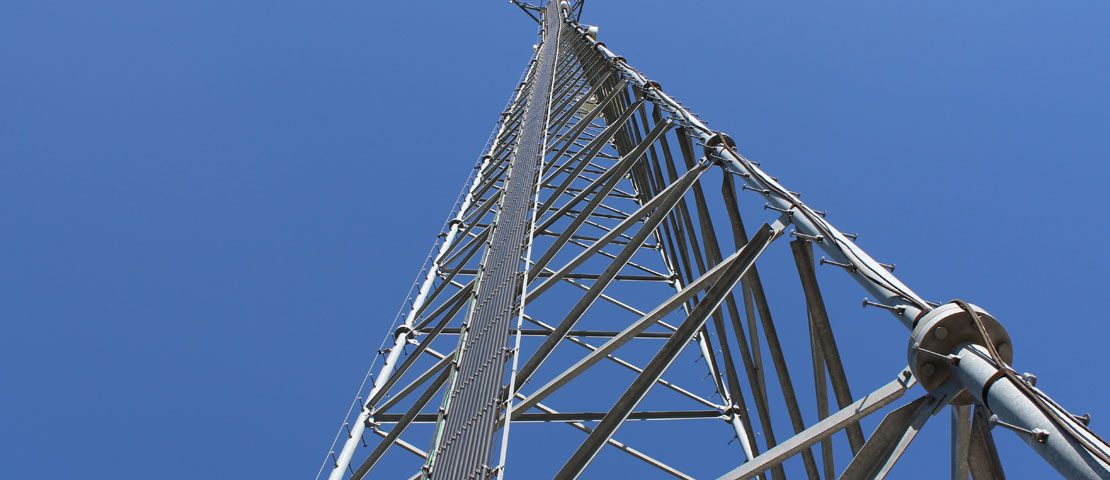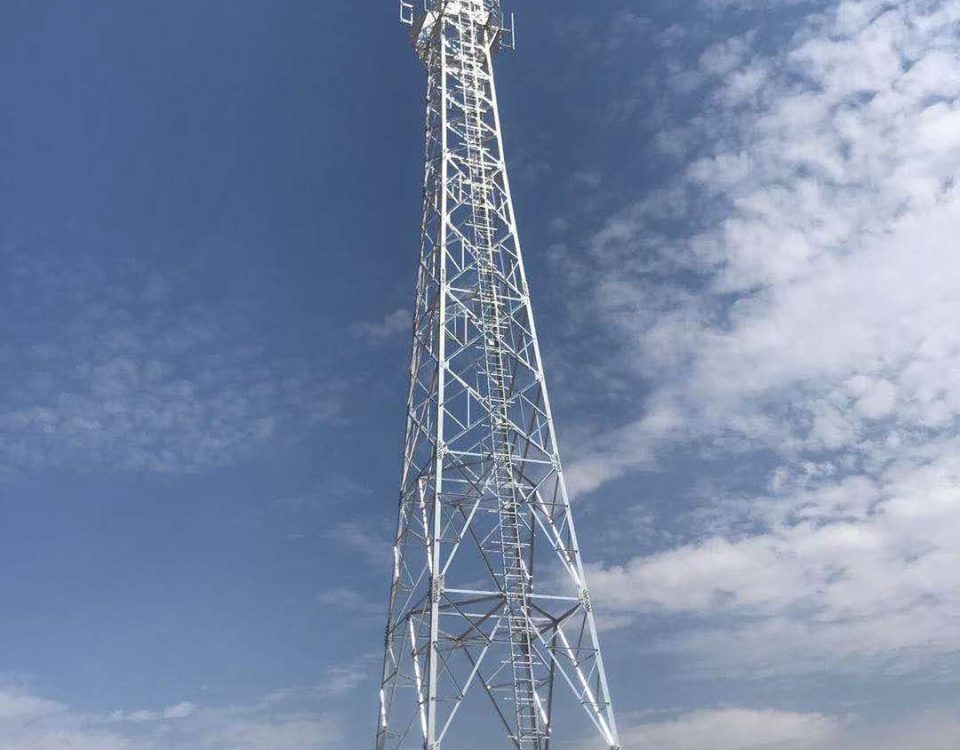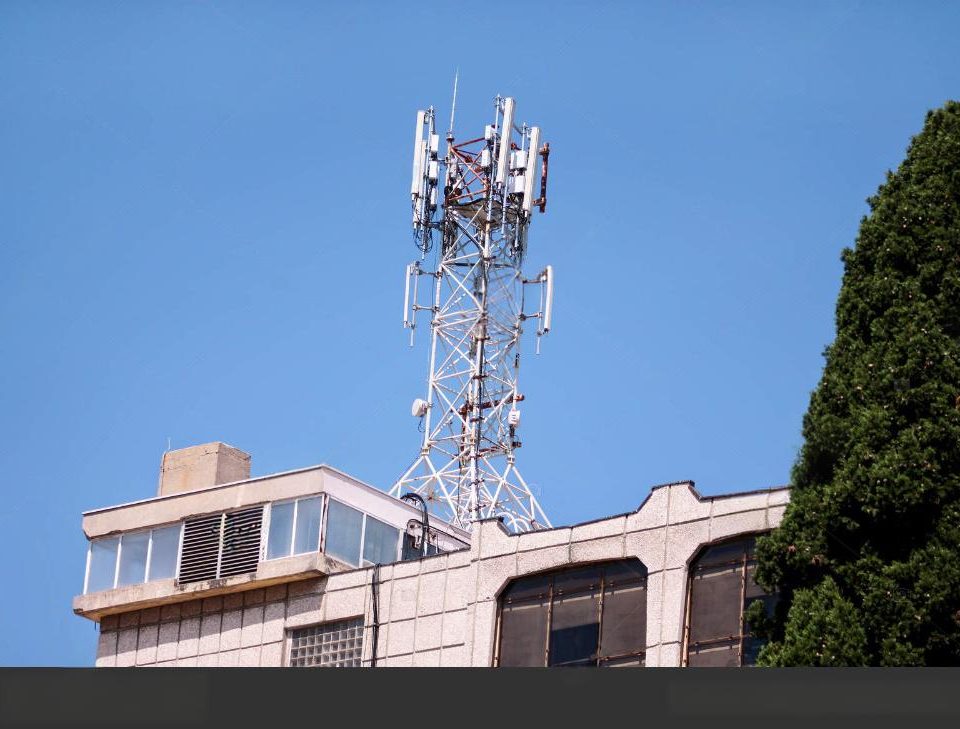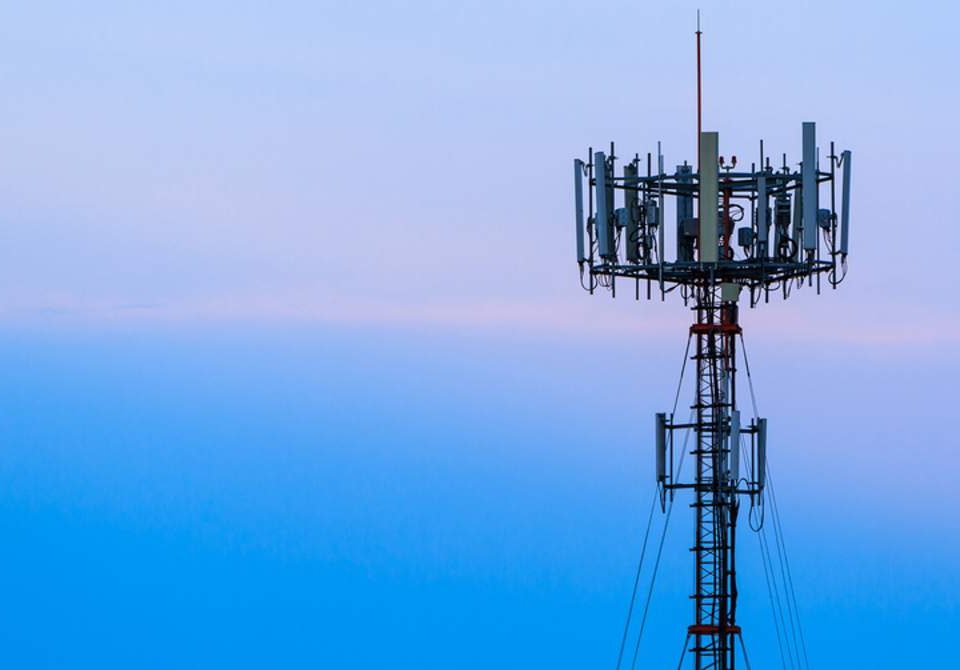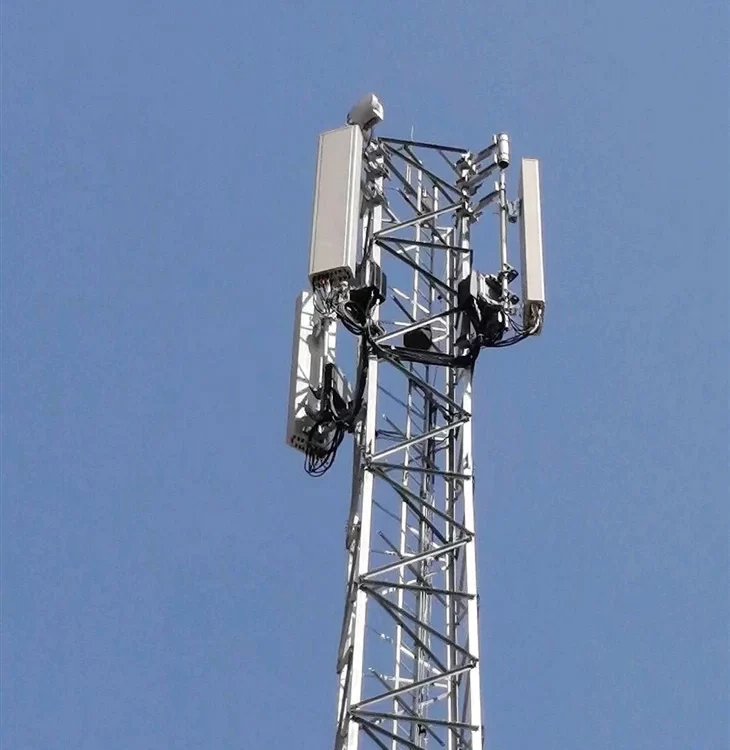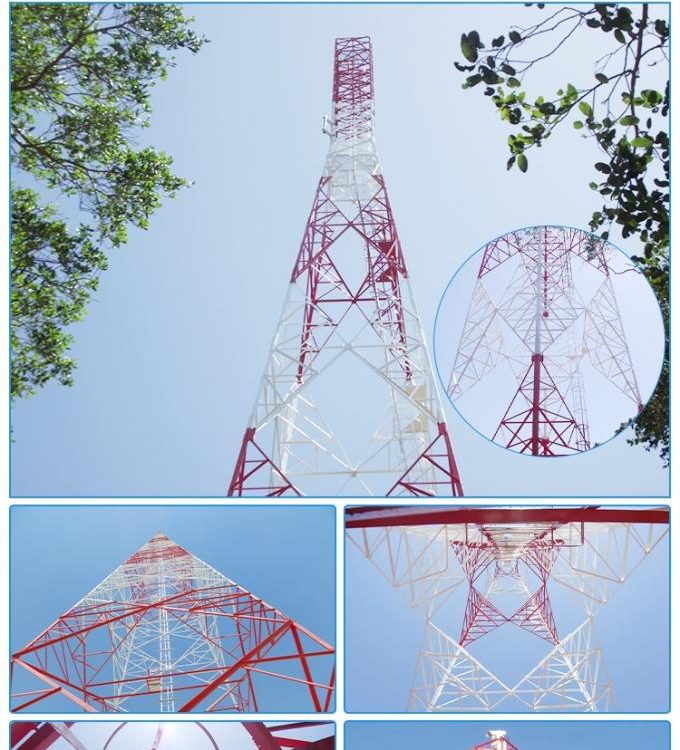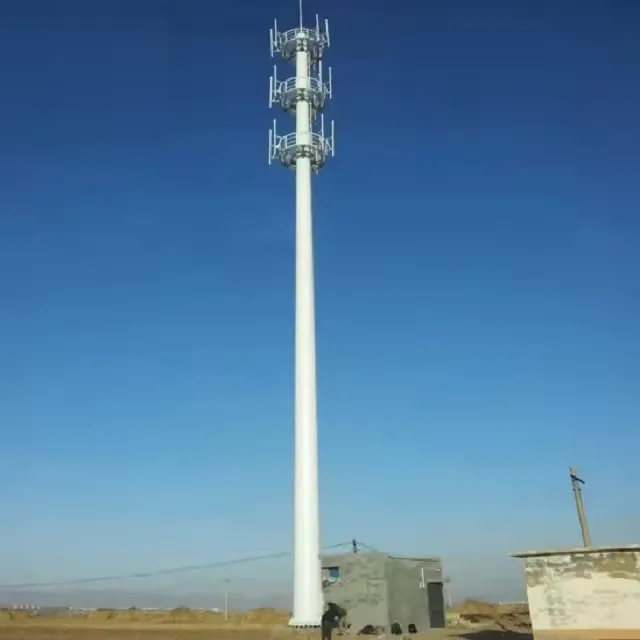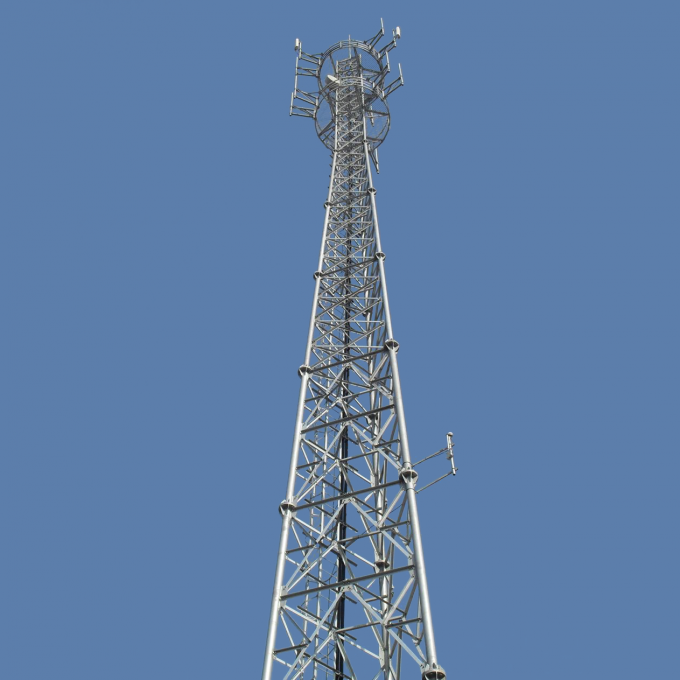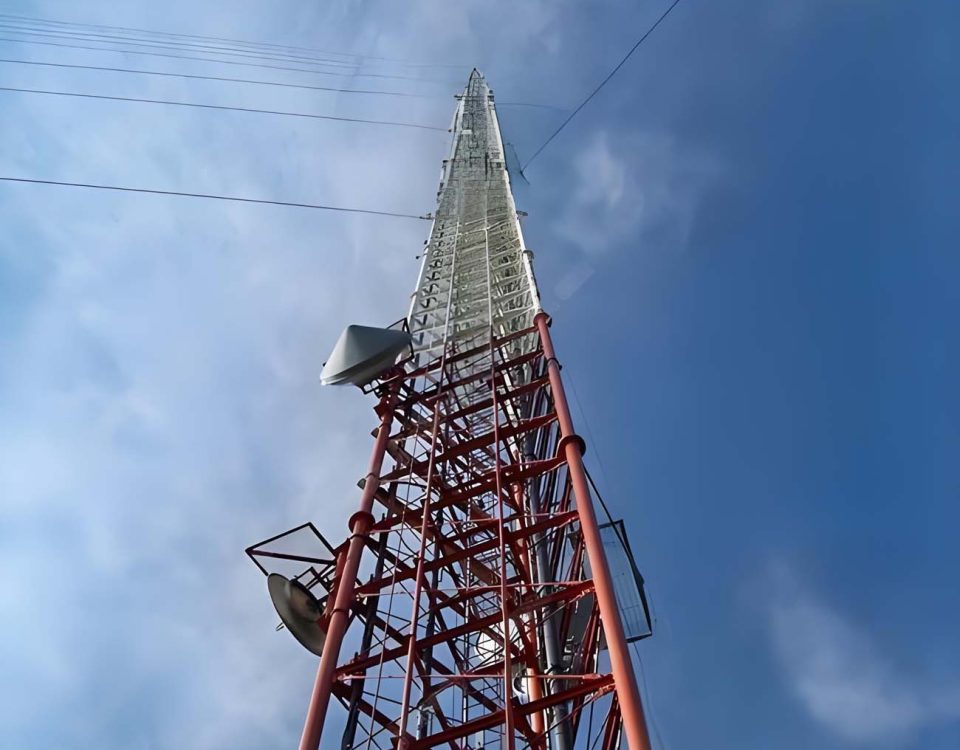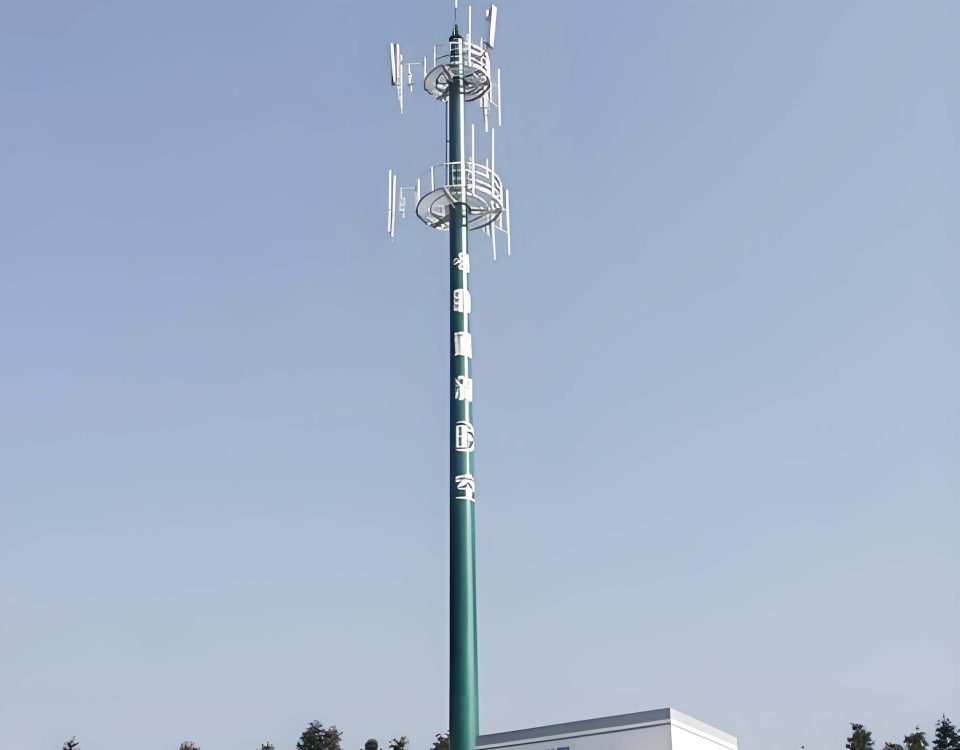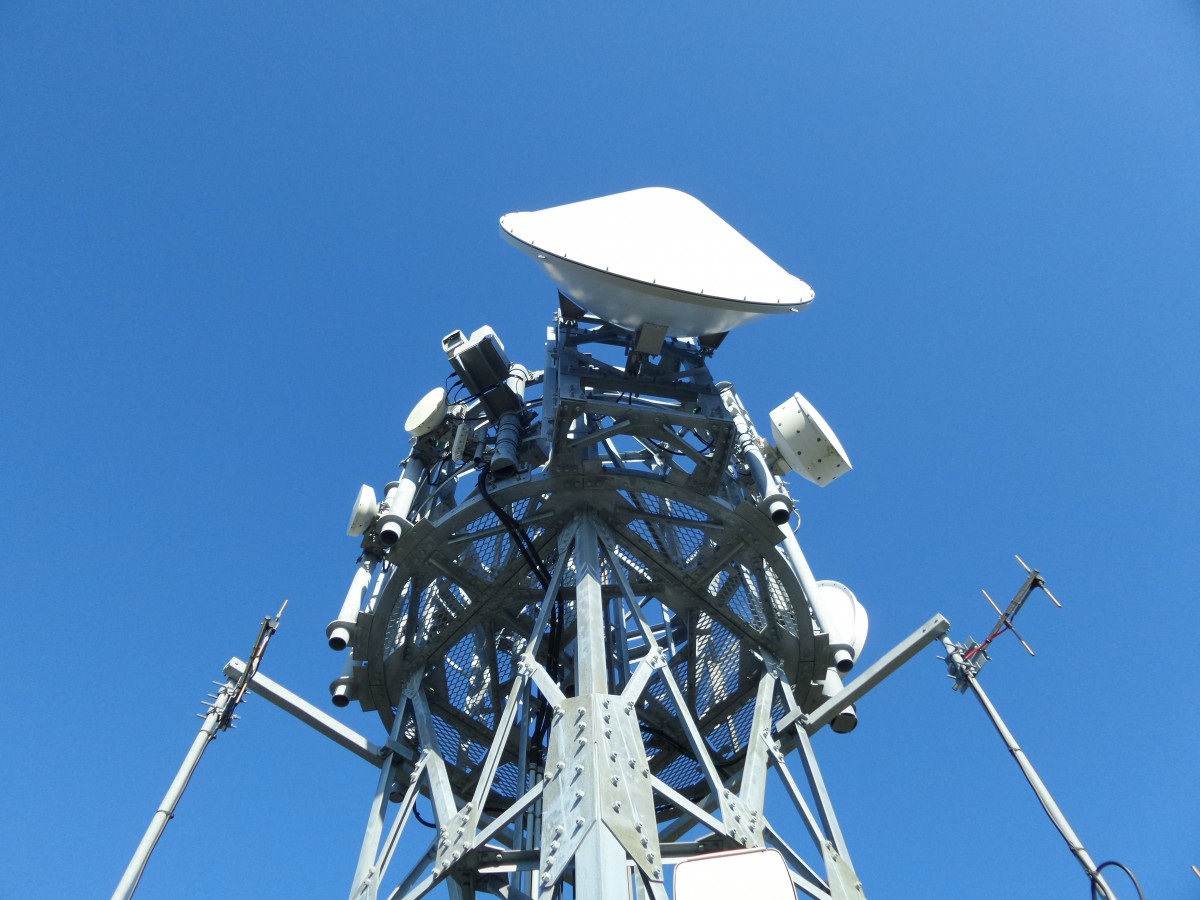
difference between a cell tower, RF tower, and microwave tower?
October 9, 2024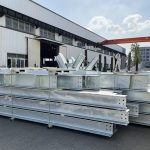
Study on Corrosion and Mechanical Properties of Steel for Steel Tower
October 13, 2024Self-Supporting Lattice Telecommunication Towers
Introduction
In the ever-evolving world of wireless communication, the backbone of modern networks lies in the extraordinary structures known as self-supporting lattice telecommunication towers. These towering marvels are the unsung heroes, enabling seamless connectivity and ensuring reliable service, even in the most challenging environments. Join us as we explore the remarkable features and advantages of these essential infrastructure components.
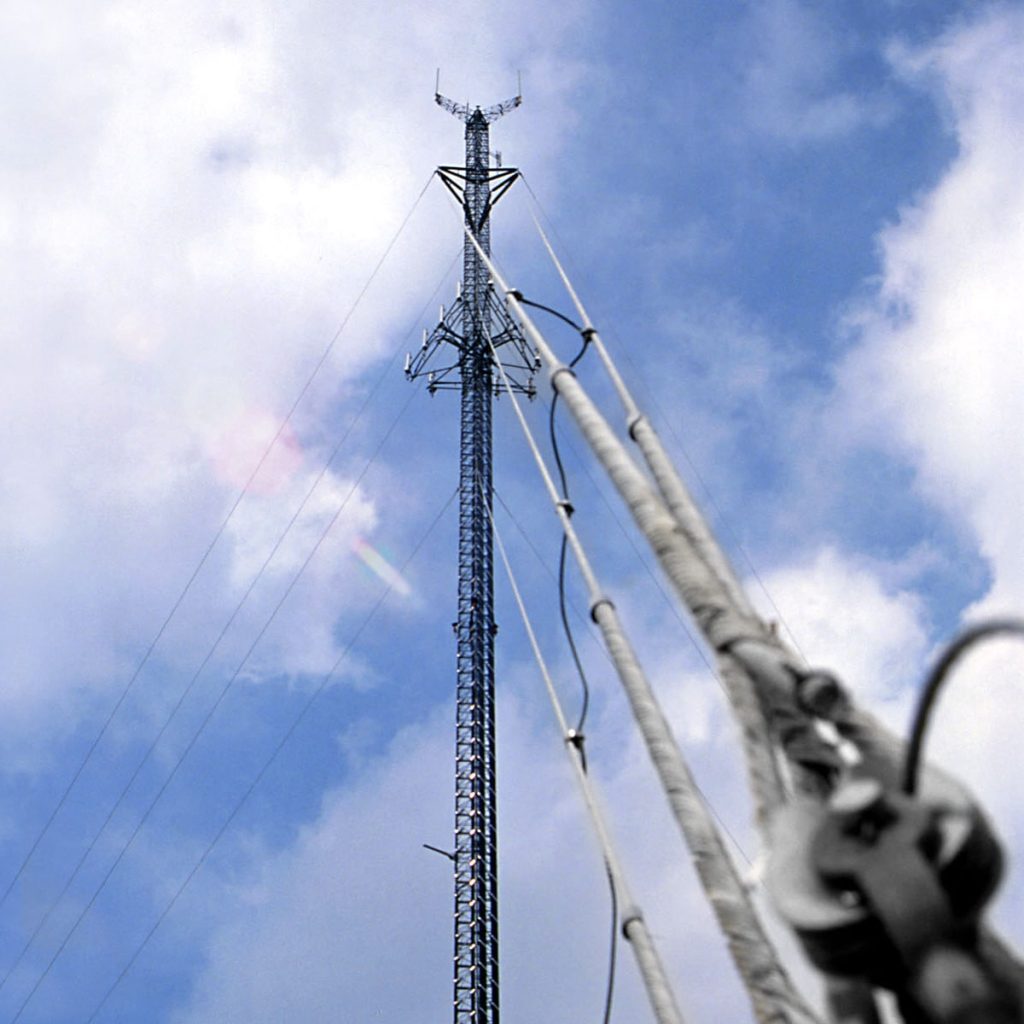
The Rise of Self-Supporting Lattice Telecommunication Towers
Self-supporting lattice telecommunication towers are a standout solution in the world of wireless communication, offering unparalleled strength, stability, and design flexibility. Constructed from a series of triangular and tubular steel sections, these towers are engineered to stand upright without the need for external support, such as guy wires. This self-supporting design makes them an ideal choice for remote locations, areas with limited space, or rooftop installations, where traditional tower structures may not be feasible.
Strength and Resilience: The Bedrock of Wireless Networks
One of the primary advantages of self-supporting lattice telecommunication towers is their exceptional strength and resilience. These towers are designed to withstand the harshest of conditions, from high-speed winds and heavy snow loads to seismic activity and natural disasters. Their robust construction, featuring welded steel sections, ensures they can reliably support the weight of antennas, transmission equipment, and other critical components, even in the face of extreme weather events or environmental challenges.
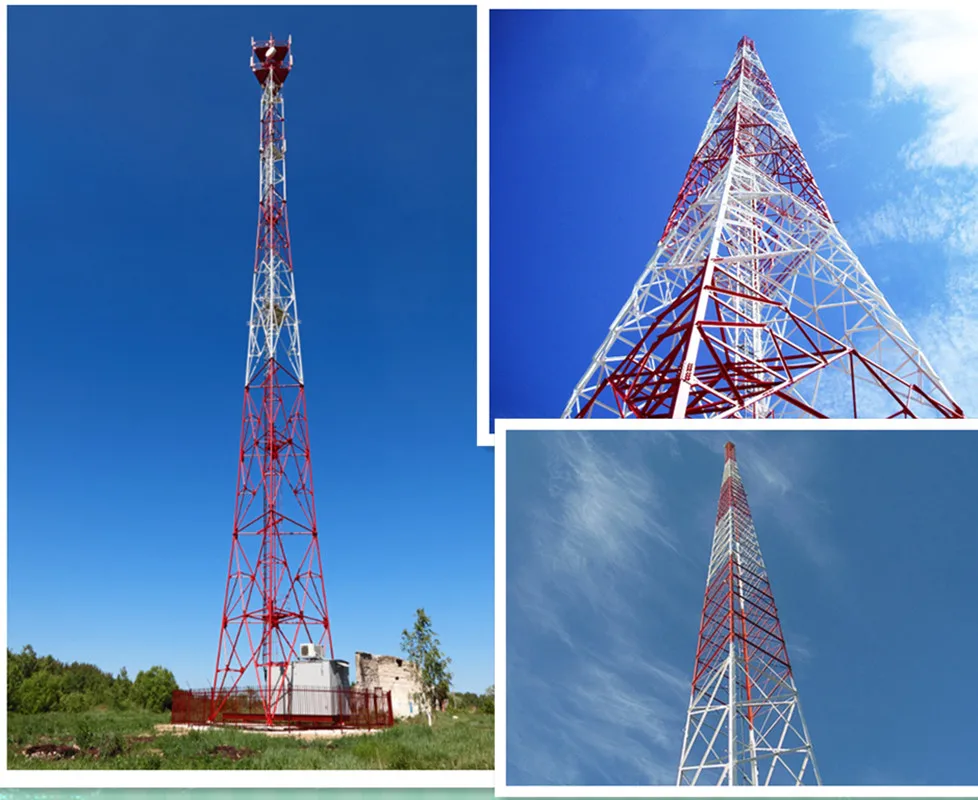
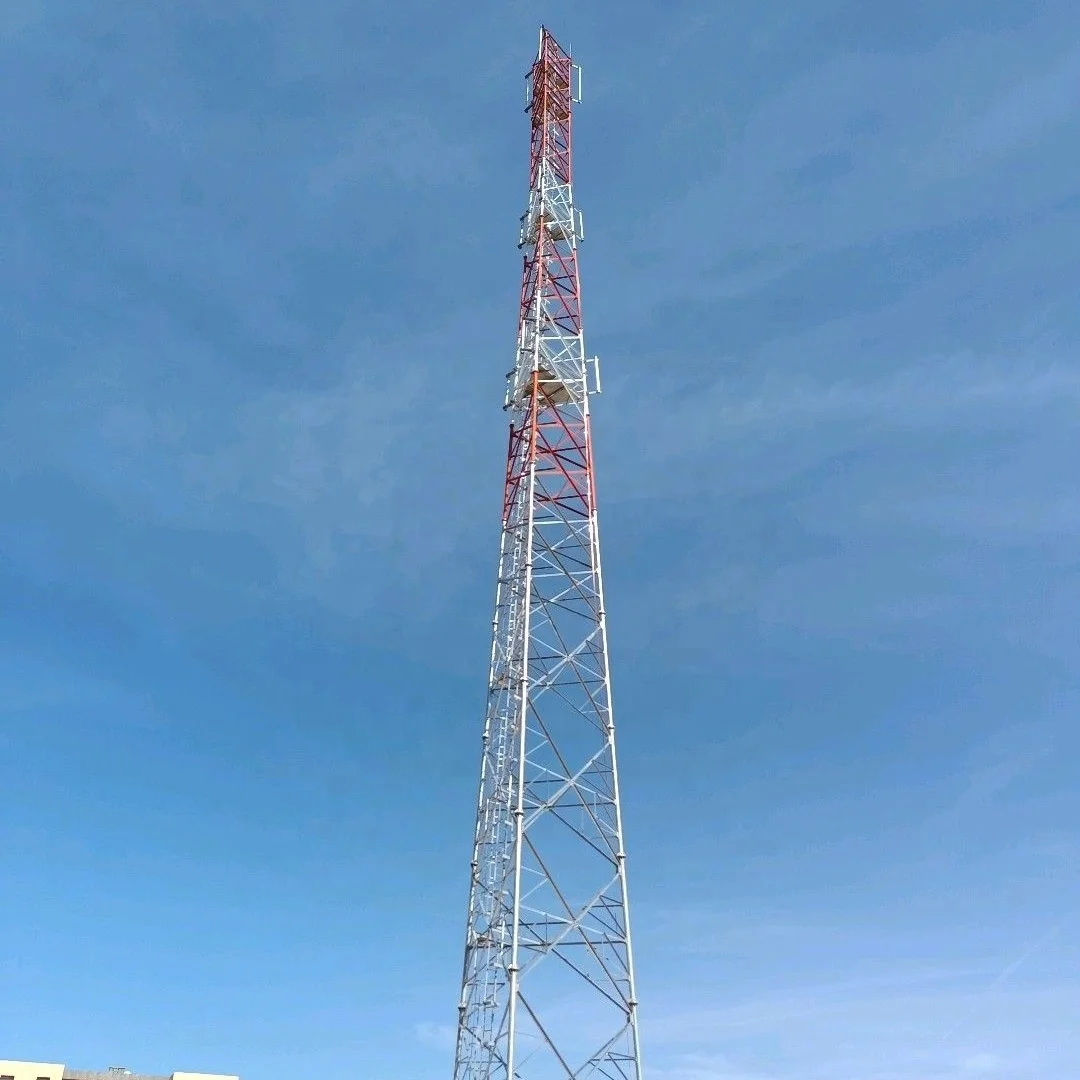
Packaging & Shipping

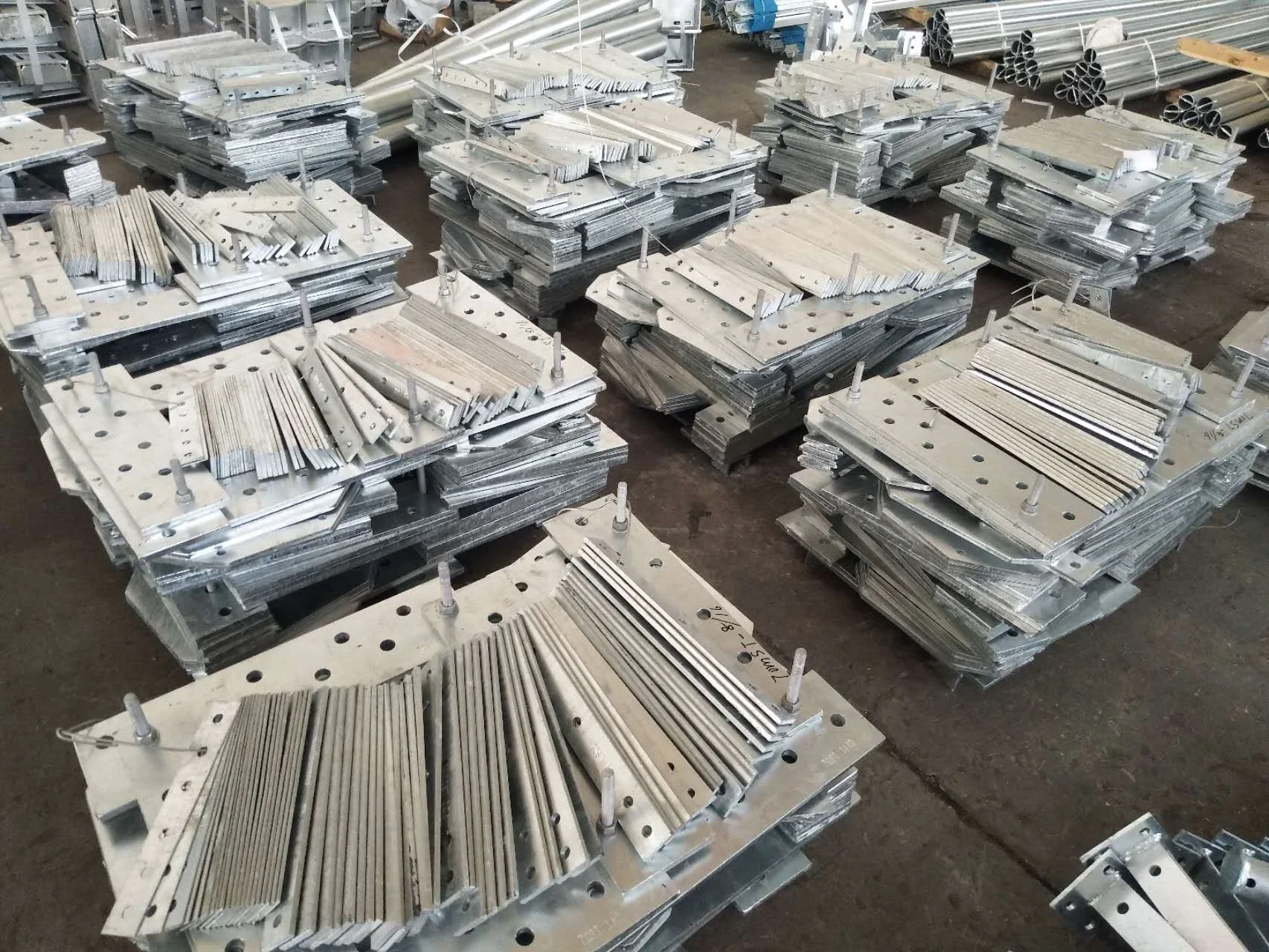
Company & Factory

Design Flexibility: Customizing for Diverse Needs
The versatility of self-supporting lattice telecommunication towers lies in their modular design, which allows for a high degree of customization. These towers can be engineered to meet the specific requirements of a wide range of wireless communication networks, from mobile phone networks and radio broadcasting to emergency services and internet service providers. With heights ranging from 20 meters to over 100 meters, these towers can be tailored to the unique needs of each project, ensuring optimal performance and coverage.
Efficient Installation and Maintenance
Another key advantage of self-supporting lattice telecommunication towers is their ease of installation and maintenance. Their modular design allows for efficient on-site assembly, reducing the time and resources required for deployment. Additionally, the lack of guy wires and other external support structures simplifies the installation process, making these towers an attractive choice for locations with limited space or accessibility challenges.
When it comes to maintenance, the self-supporting nature of these towers significantly reduces the need for regular inspections and repairs of guy wires or other external support systems. This, in turn, translates to lower operational costs and increased uptime, ensuring that wireless networks remain operational and reliable for the communities they serve.
The Role of Self-Supporting Lattice Telecommunication Towers in Modern Wireless Networks
Self-supporting lattice telecommunication towers are at the forefront of the wireless communication revolution, playing a crucial role in shaping the future of connectivity. These towers are the backbone of numerous wireless networks, including:
- Mobile Phone Networks: Providing the essential infrastructure for seamless cellular coverage and high-speed data transmission.
- Radio Broadcasting: Enabling clear and uninterrupted radio signals, ensuring that communities have access to vital information and entertainment.
- Emergency Services: Ensuring reliable communication channels for first responders and emergency personnel, especially in times of crisis.
- Internet Service Providers: Facilitating the deployment of high-speed internet access, bridging the digital divide and connecting communities.
FAQs
-
What makes self-supporting lattice telecommunication towers unique?
Self-supporting lattice telecommunication towers are designed to stand upright without the need for external support, such as guy wires. This self-supporting design allows for efficient installation, increased stability, and flexibility in placement, making them ideal for a wide range of wireless communication applications. -
How do self-supporting lattice telecommunication towers withstand harsh environmental conditions?
These towers are engineered to withstand high winds, heavy snow loads, and seismic activity. Their robust construction, featuring welded steel sections, ensures they can reliably support the weight of critical communication equipment, even in the face of extreme weather events or natural disasters. -
What are the key advantages of self-supporting lattice telecommunication towers?
The key advantages include strength and resilience, design flexibility, efficient installation and maintenance, and the ability to support a wide range of wireless communication networks, from mobile phone coverage to emergency services and internet service provision.
Conclusion
Self-supporting lattice telecommunication towers stand as the unsung heroes of the wireless communication revolution. These towering structures, with their remarkable strength, stability, and design flexibility, are the foundation upon which modern networks are built. As the demand for reliable, high-speed connectivity continues to grow, these essential infrastructure components will play an increasingly pivotal role in shaping the future of wireless communication, empowering communities and unlocking new possibilities in the digital age.

